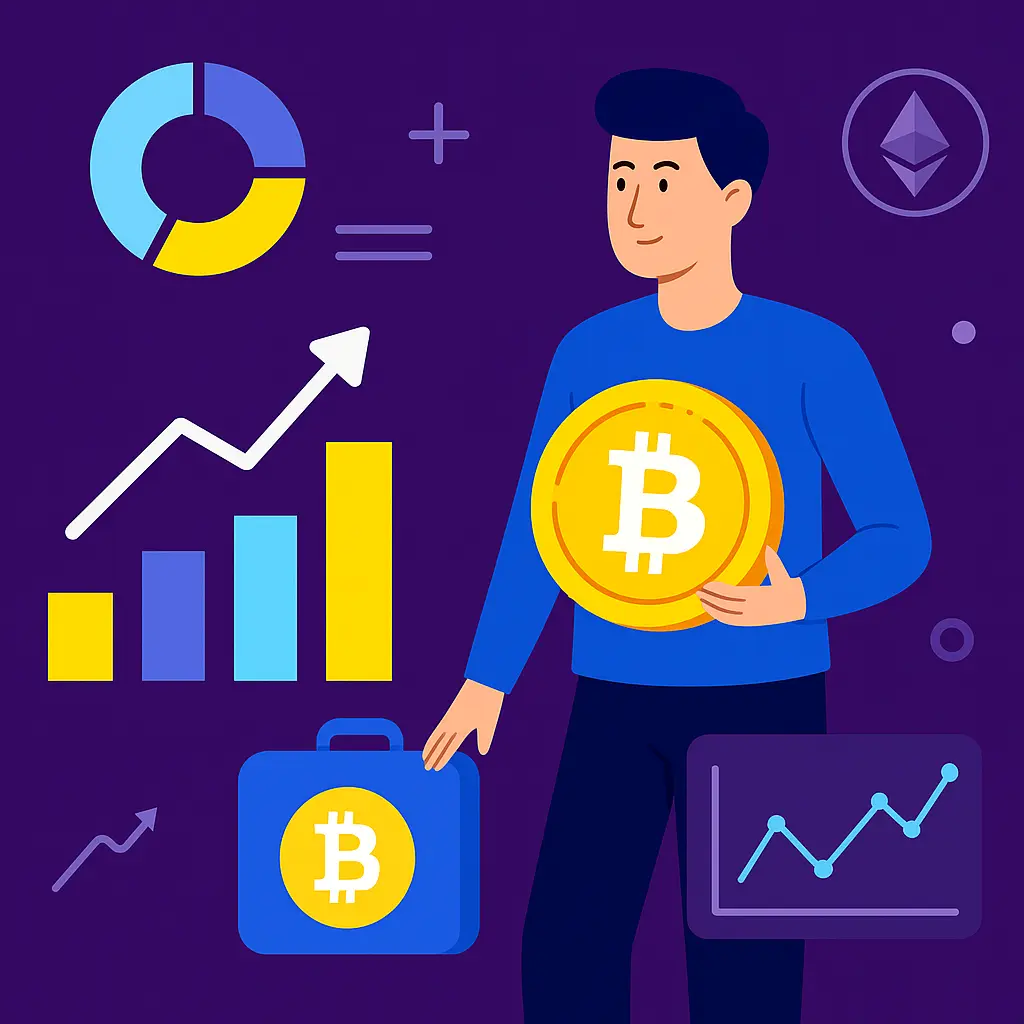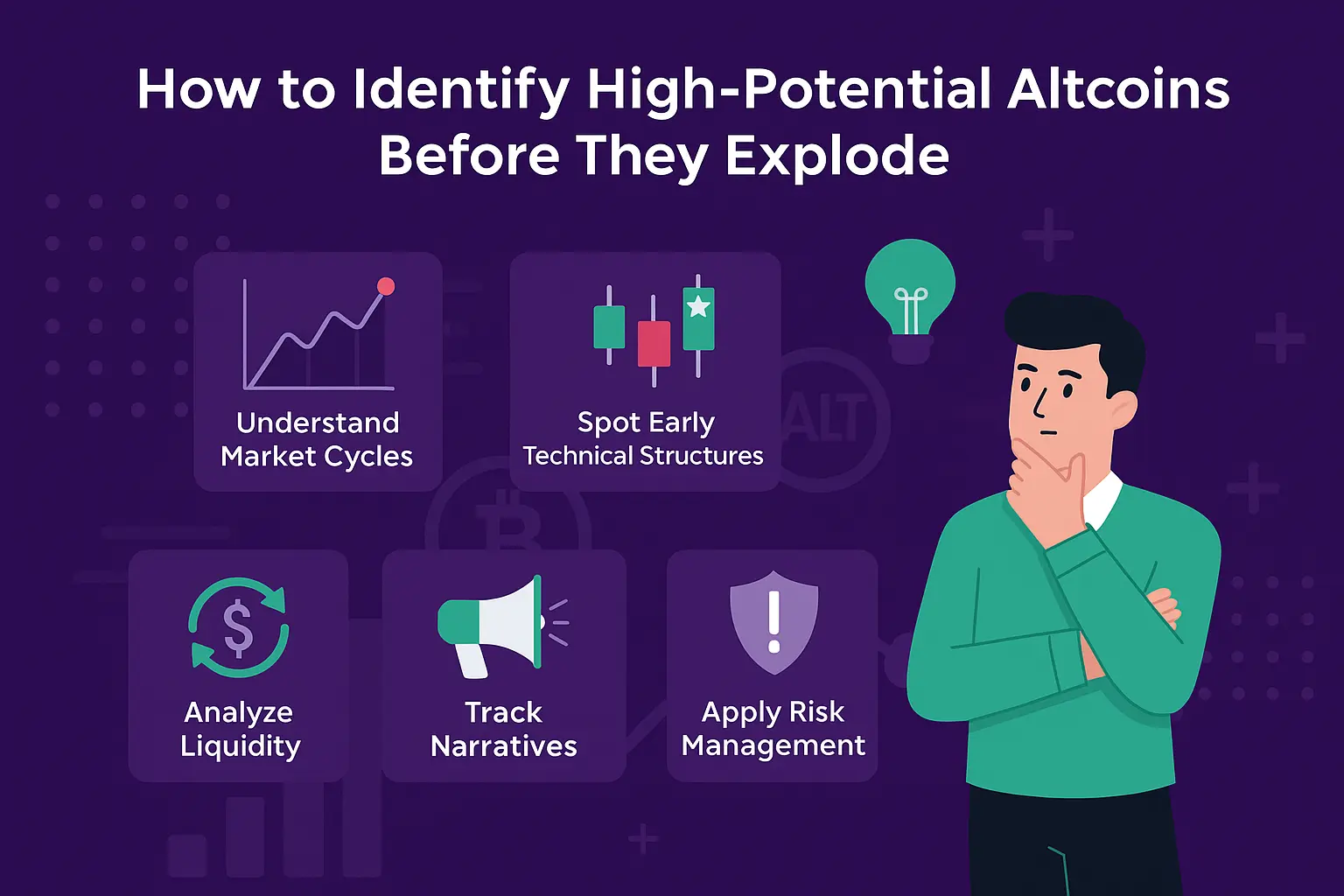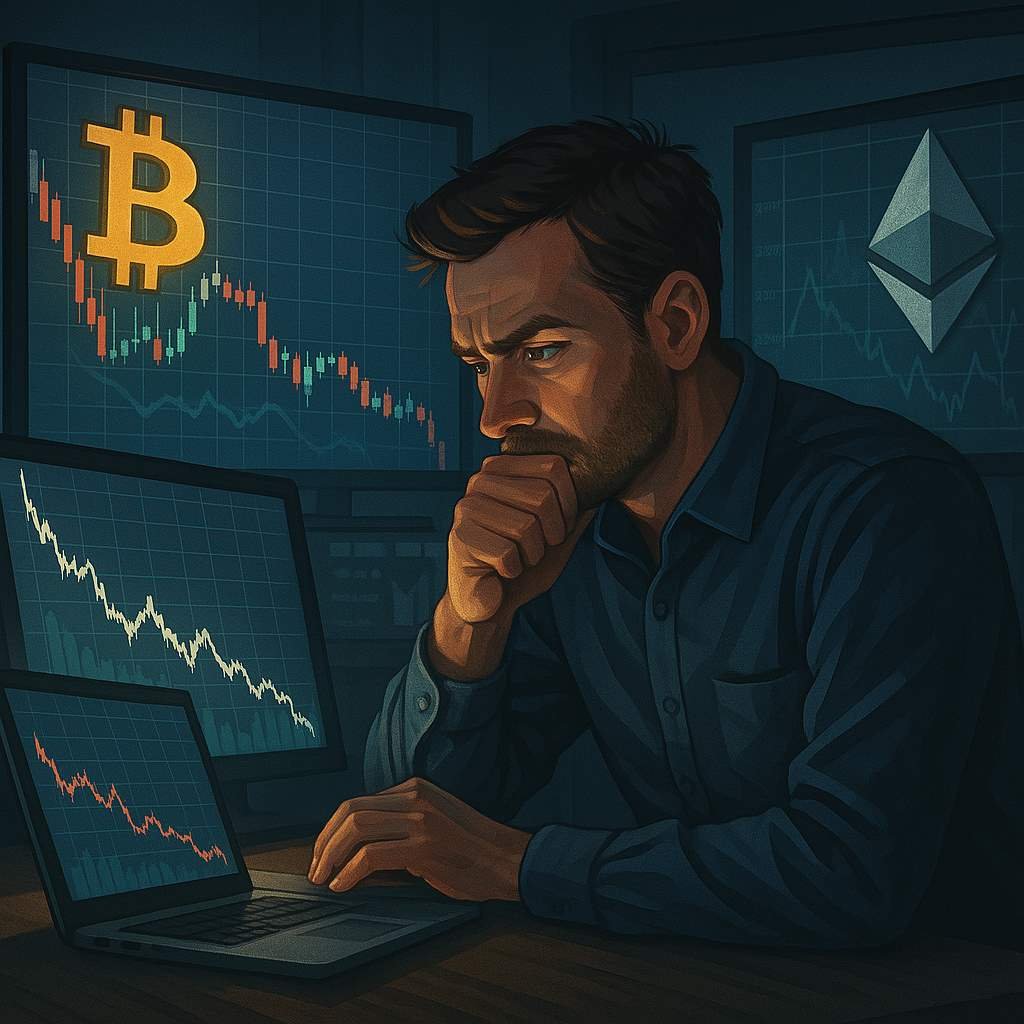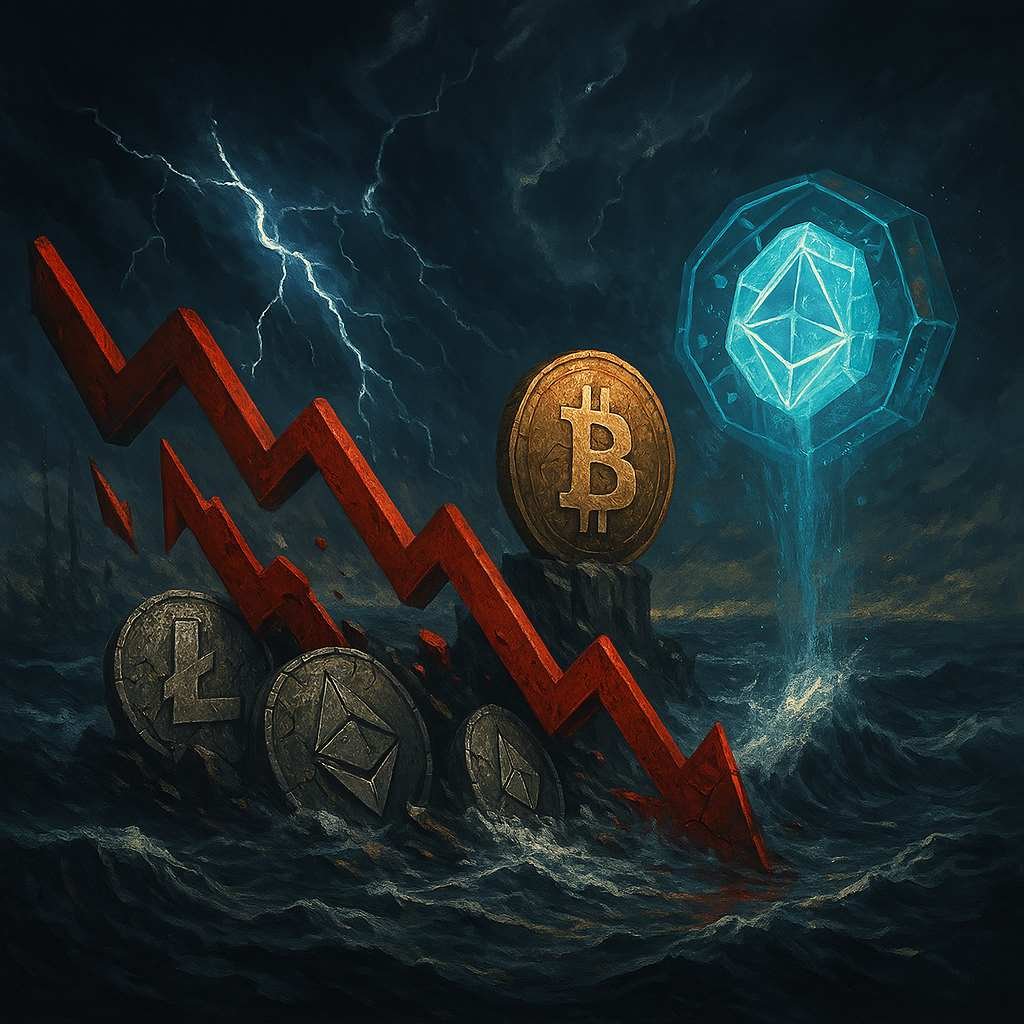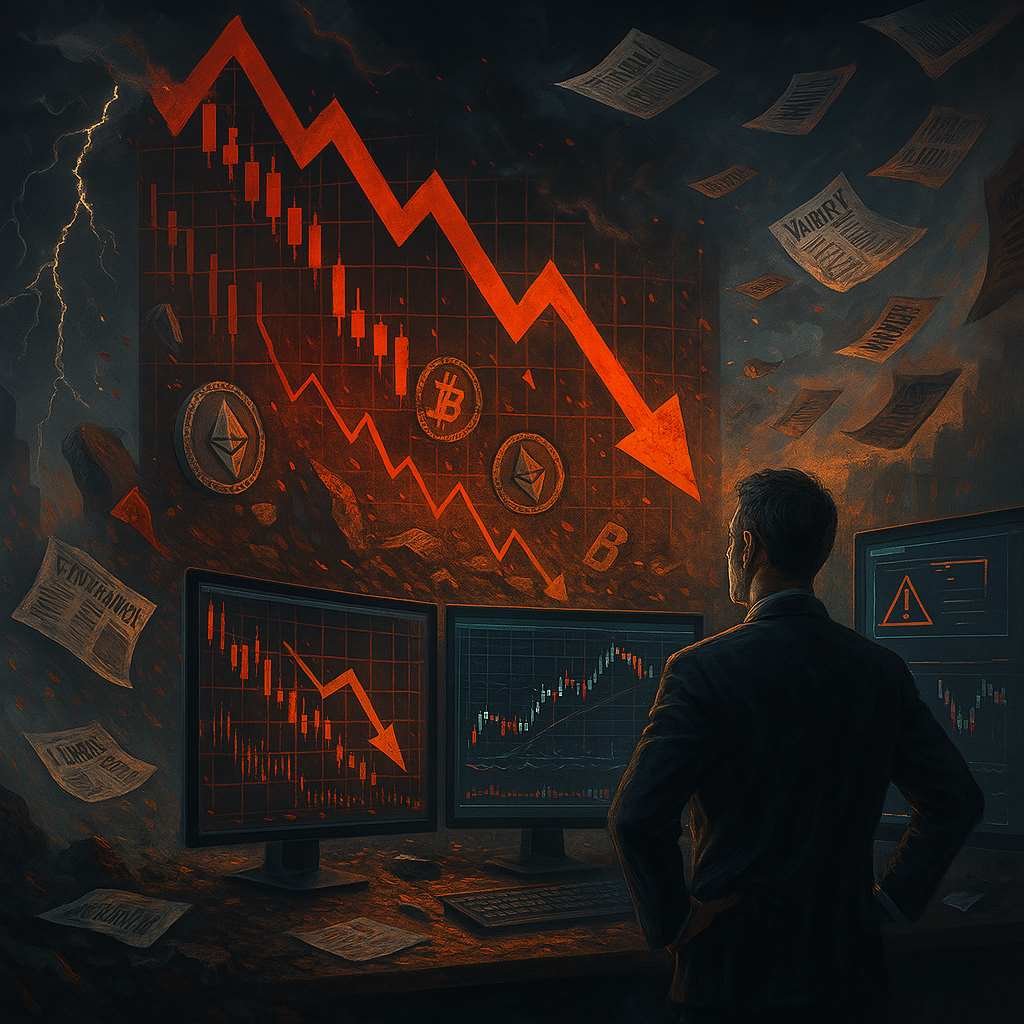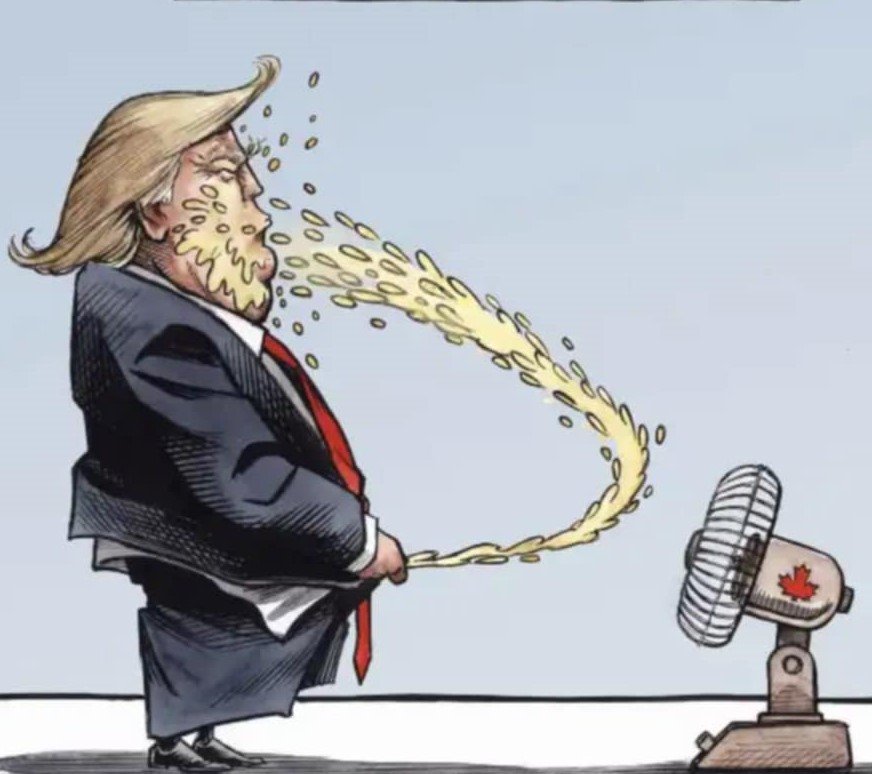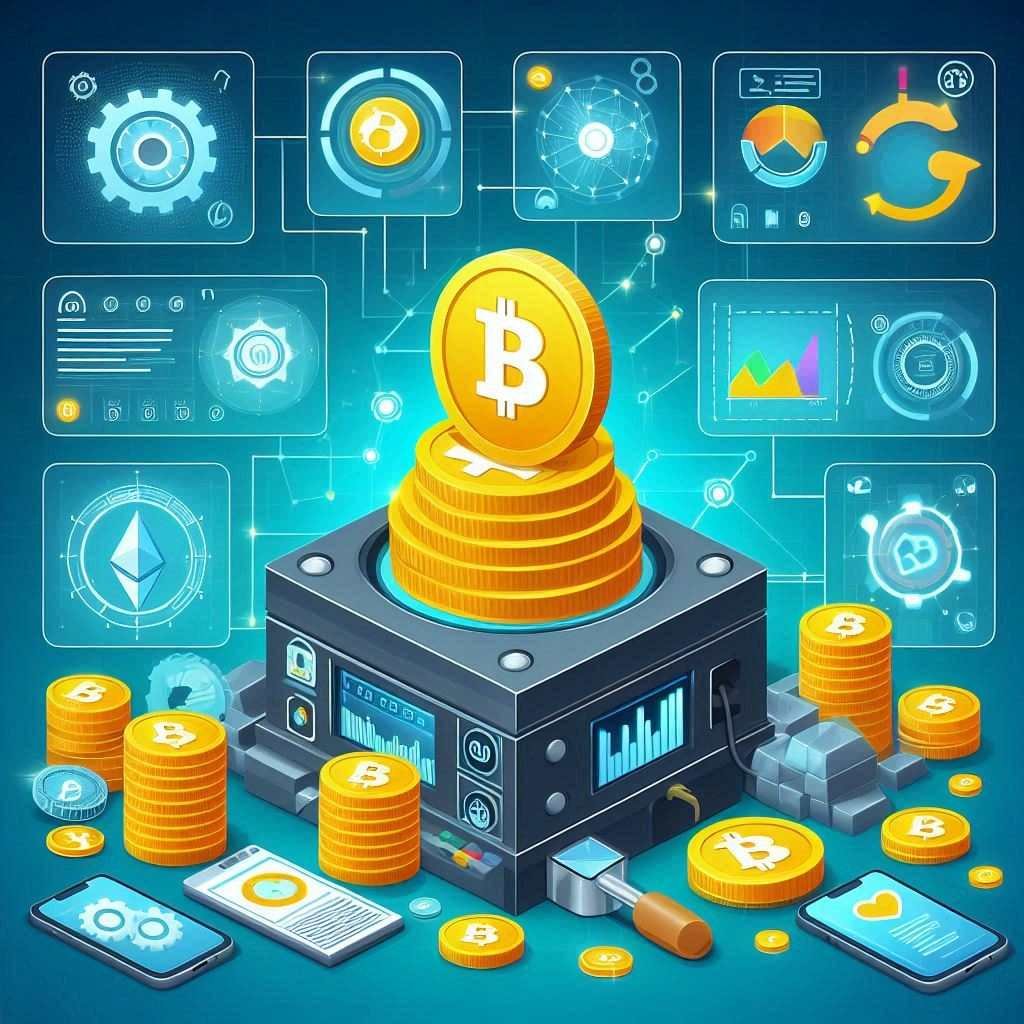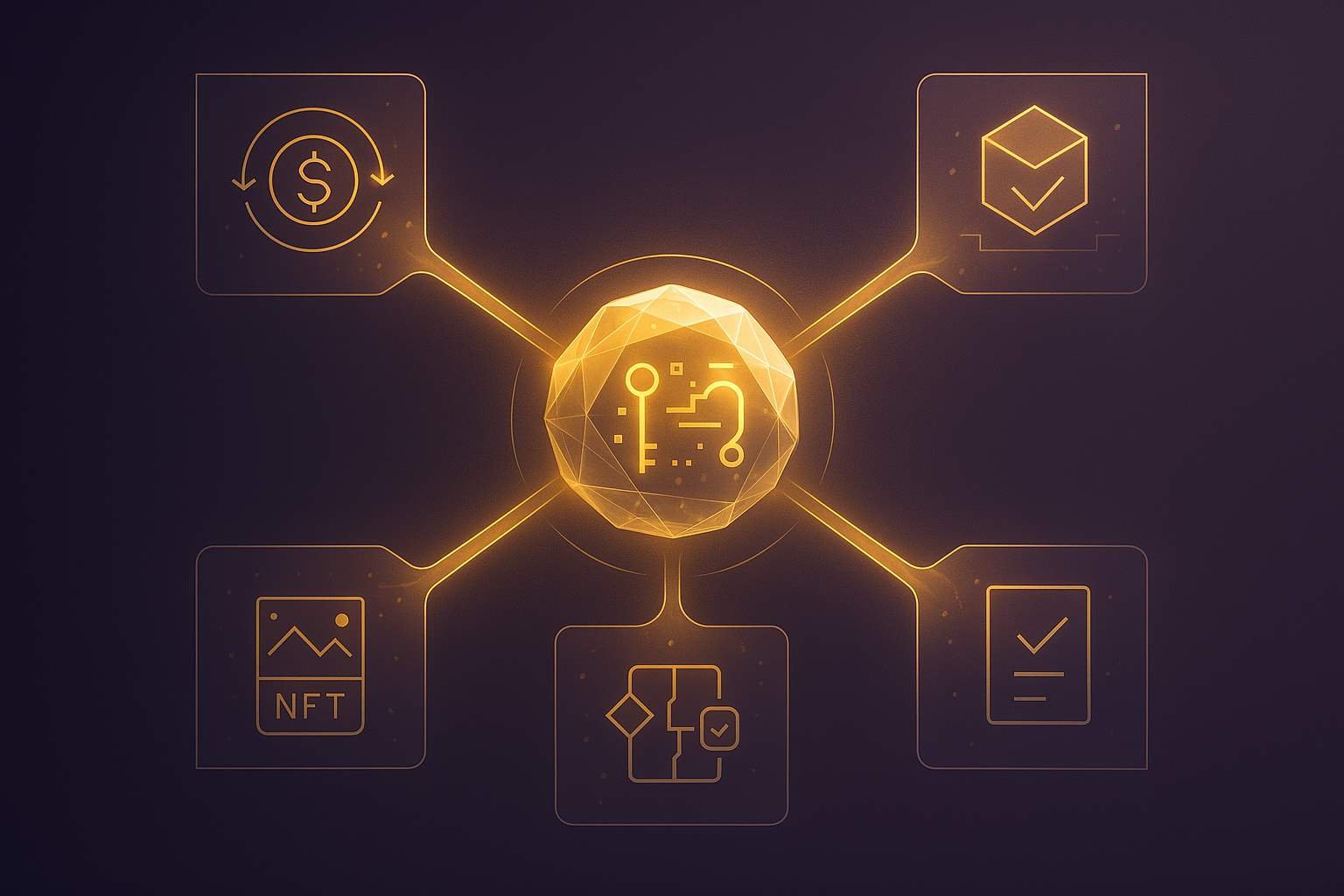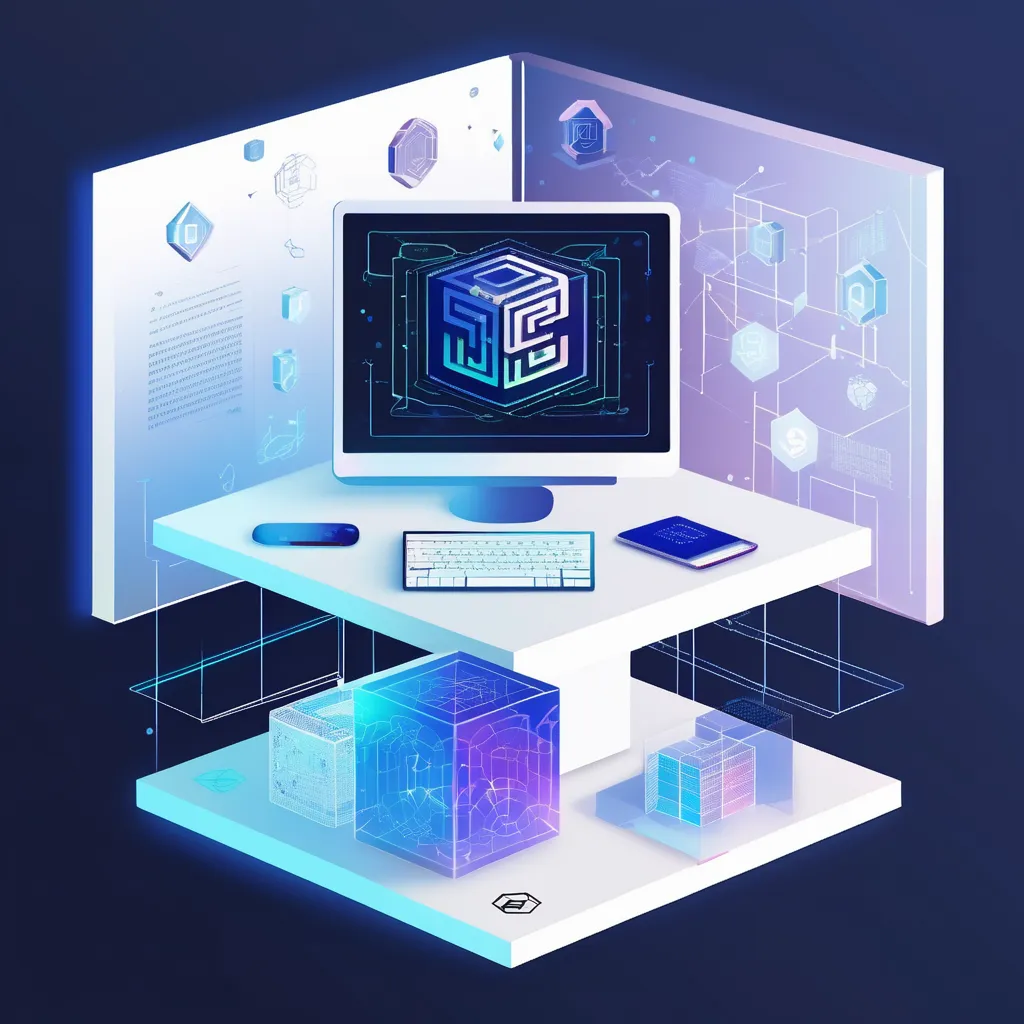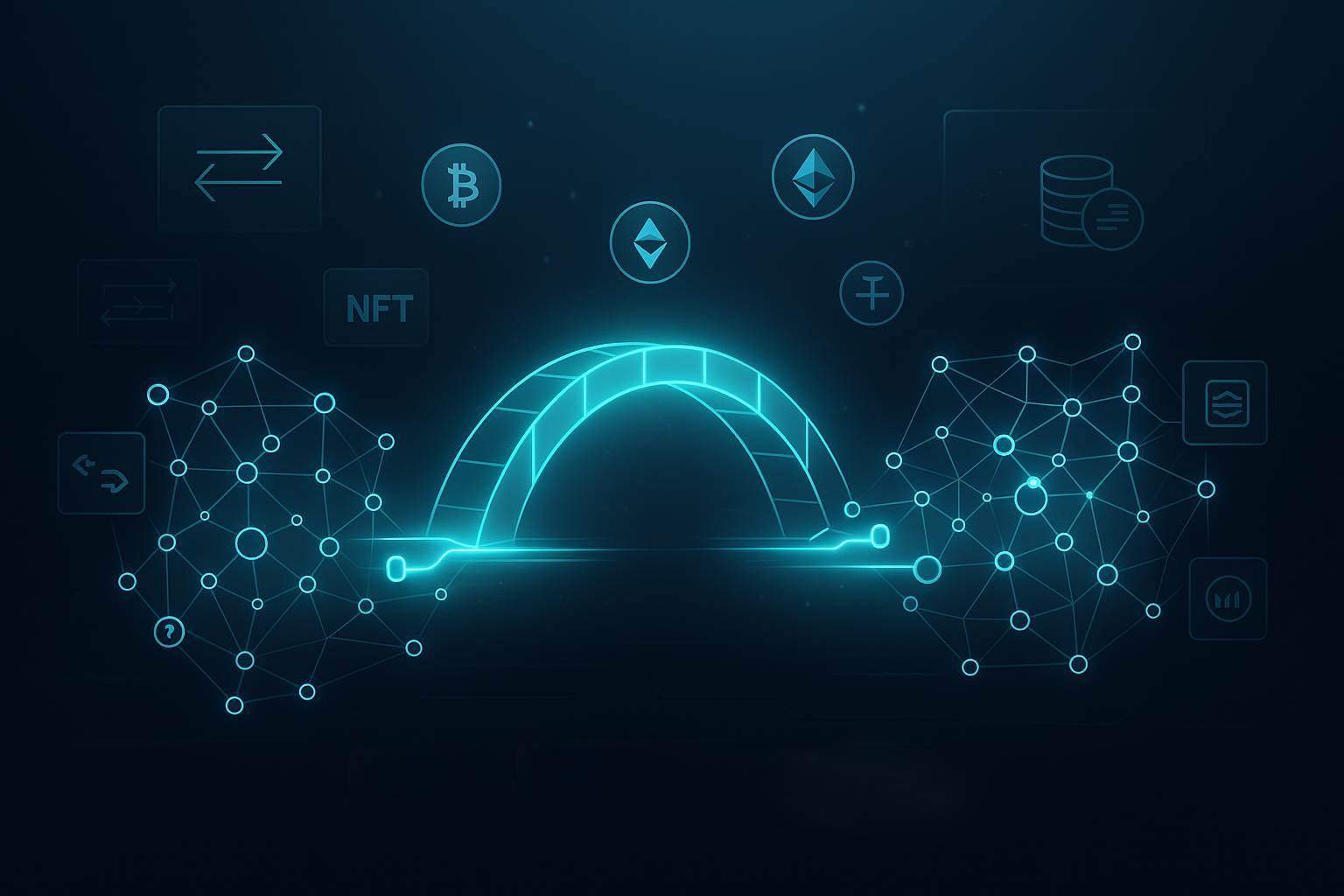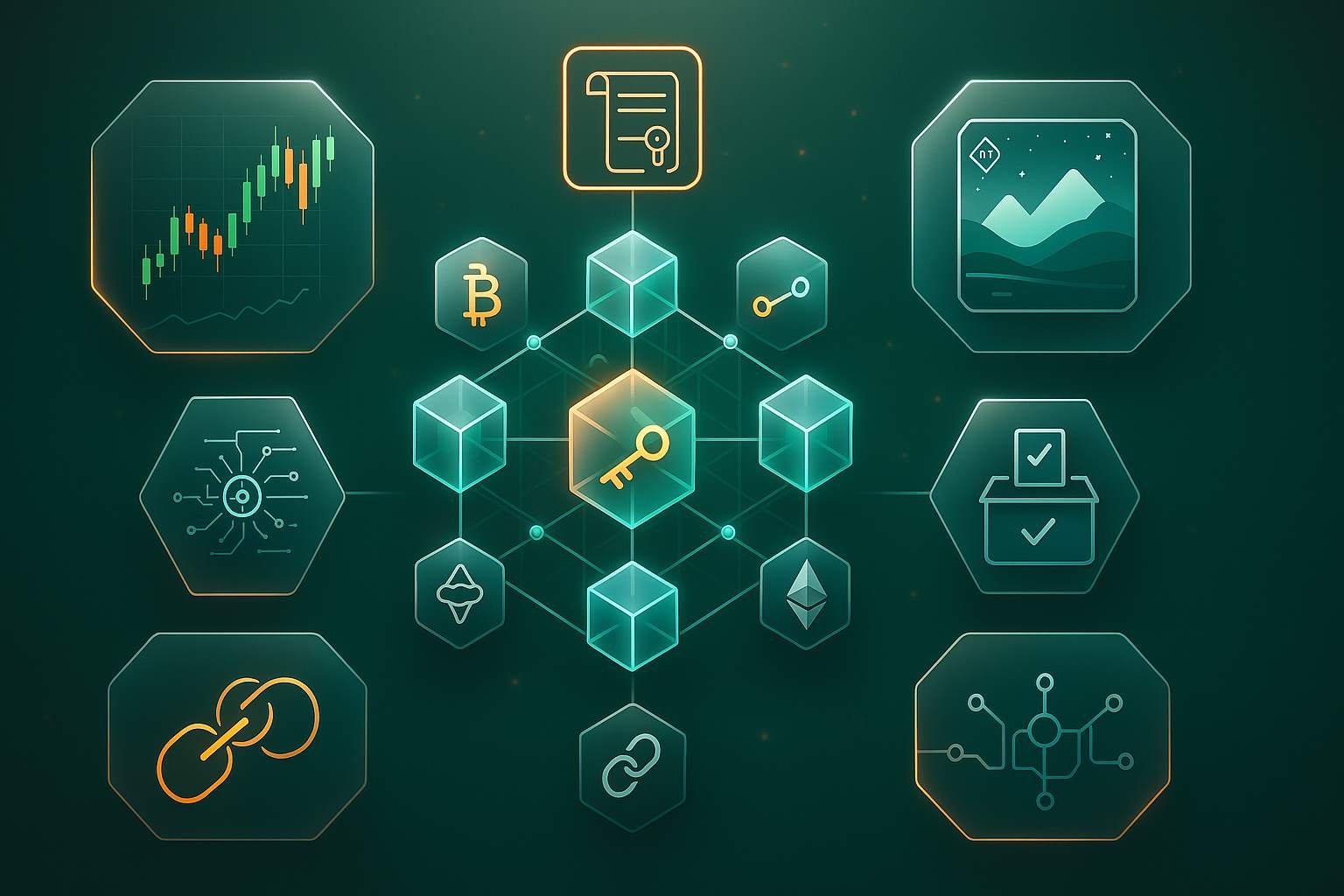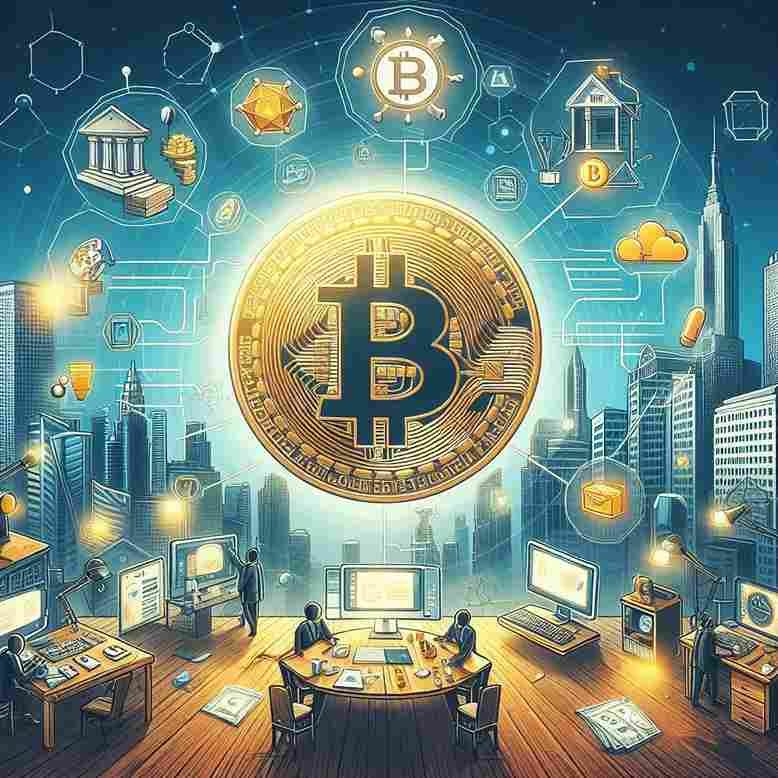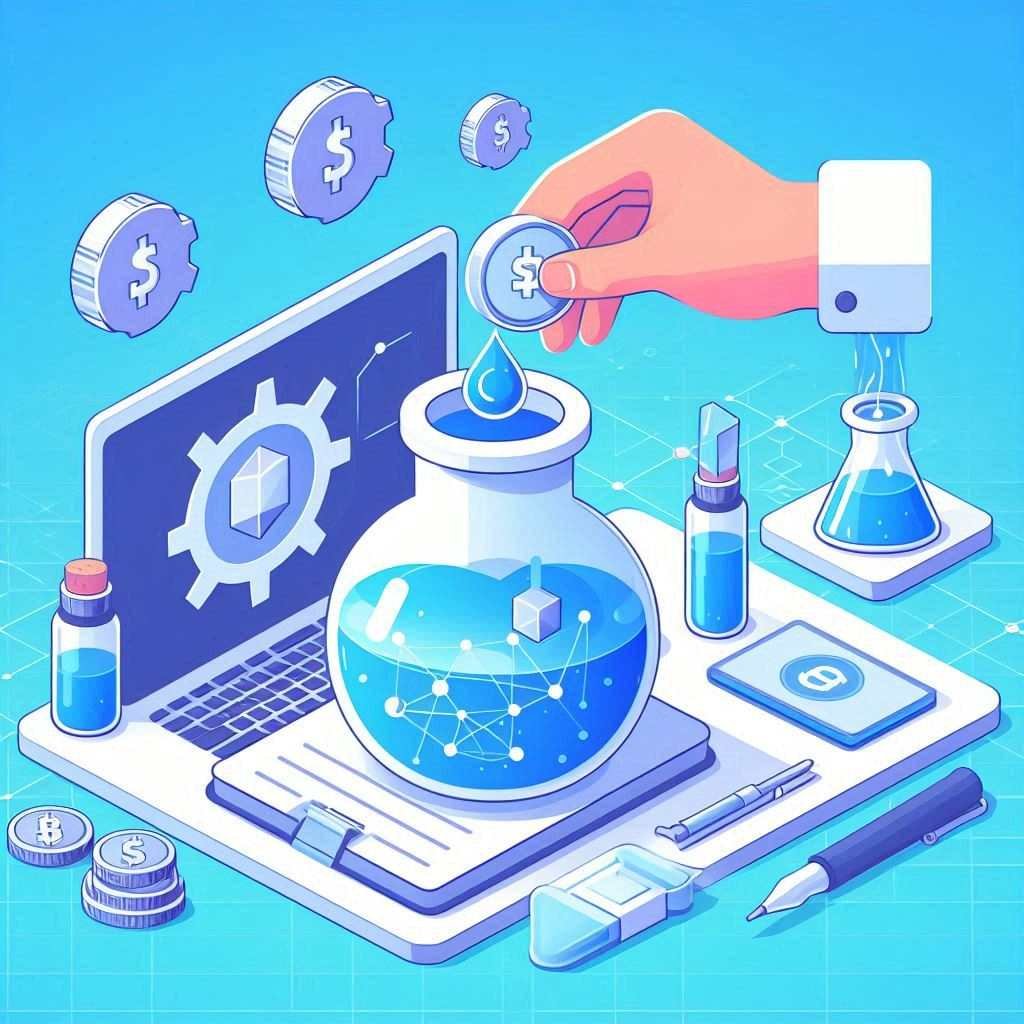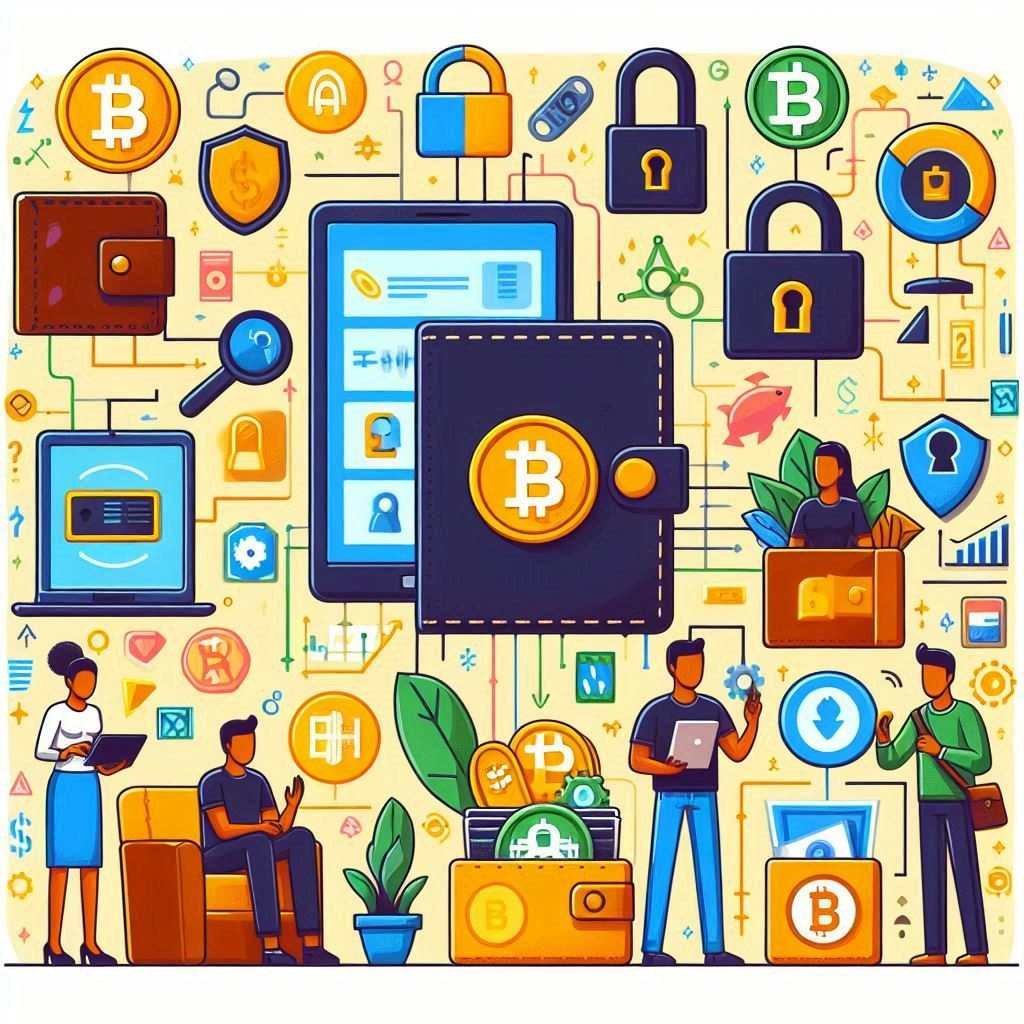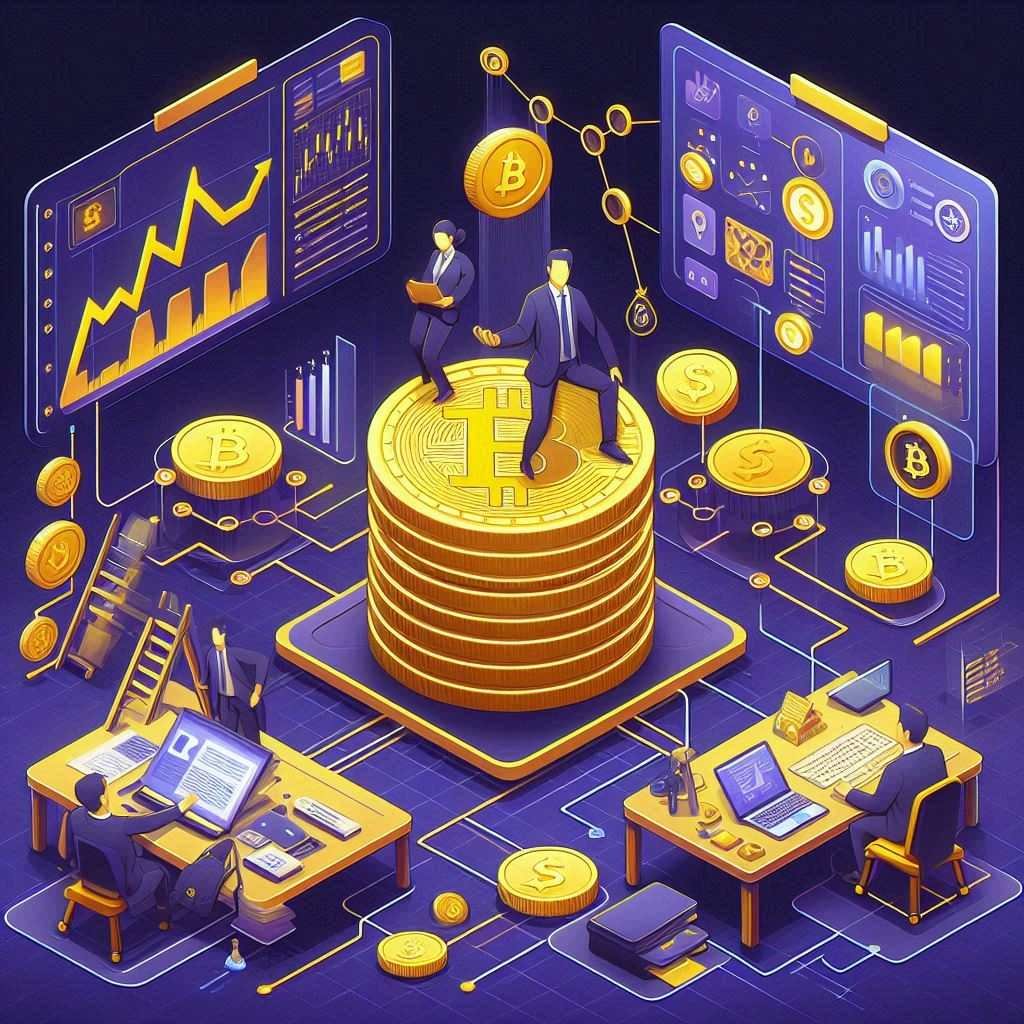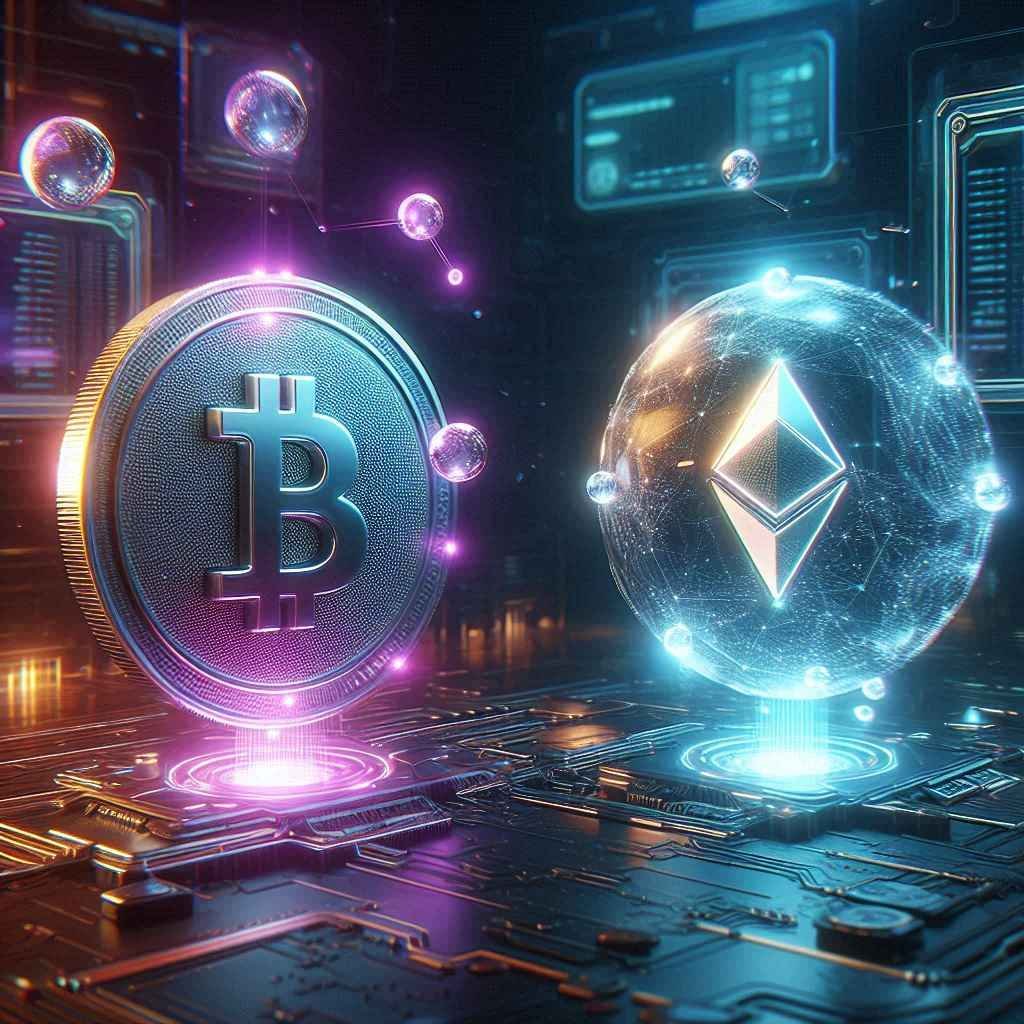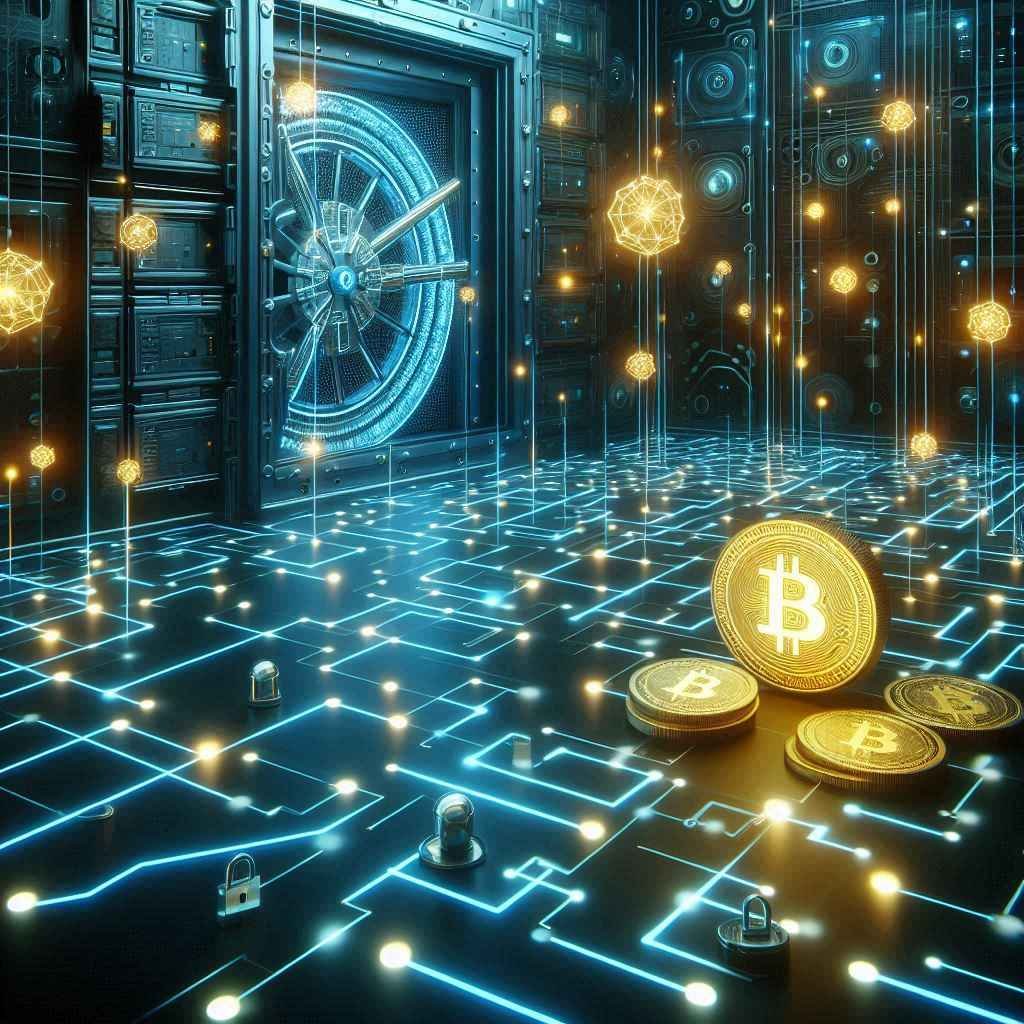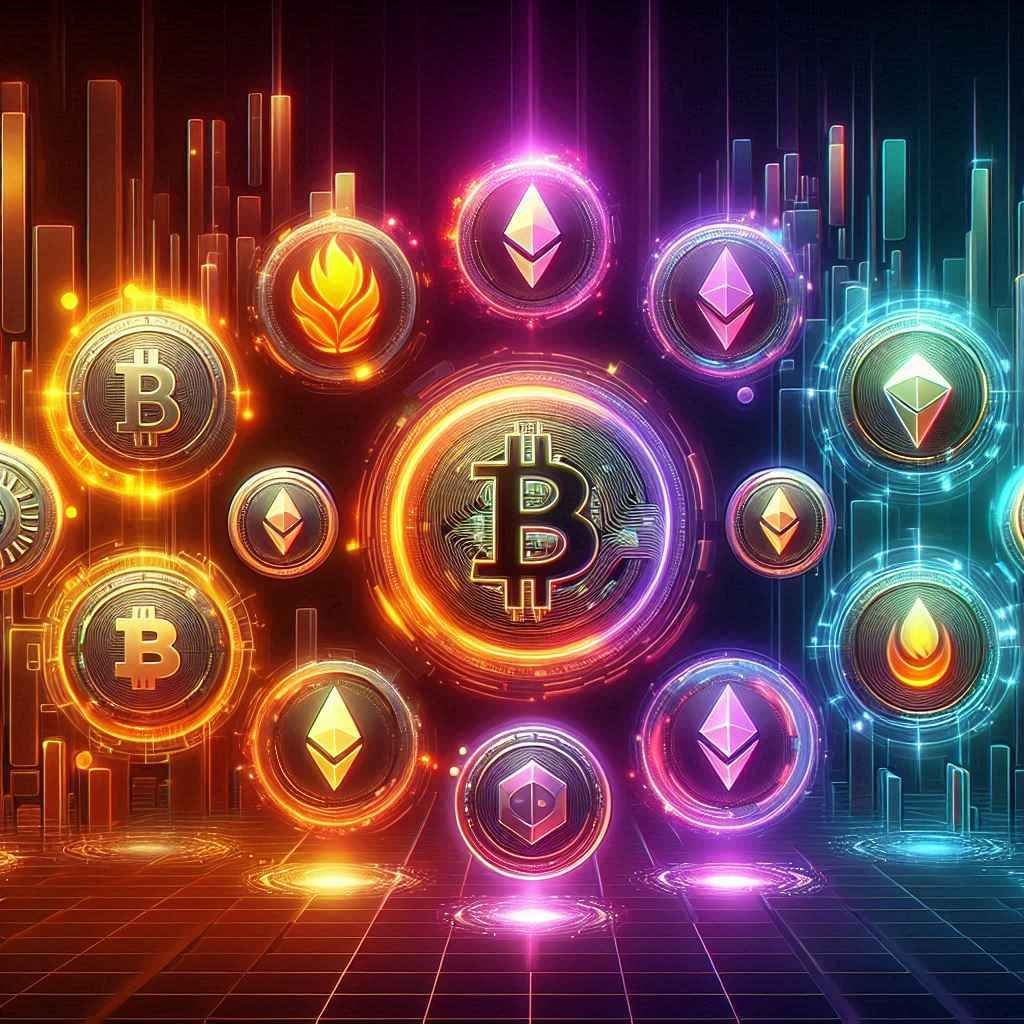Key Takeaways on Tokenization
- Tokenization enables assets to be tracked transparently and securely on a blockchain.
- It increases liquidity, accessibility, and allows fractional ownership of assets that were once indivisible.
- Assets like art, bonds, and commodities are now being tokenized on blockchain networks.
What Is Tokenization? 🤔
Tokenization is the process of representing real-world assets (RWAs) on a blockchain using digital tokens.
This can include tangible assets like fine art or company shares, as well as intangible ones like intellectual property rights.
In today’s financial world, many assets suffer from low liquidity and limited accessibility. For example, real estate, such as commercial properties, is often considered illiquid—it can take months to sell, assuming there’s a buyer available. Additionally, investing in such properties is typically reserved for wealthy institutions or individuals, with prices often reaching tens of millions, excluding most investors.
Tokenization aims to solve these challenges by making assets more accessible, liquid, and divisible.
How Tokenization Works ⚙️
Tokenization might seem complex, but it builds on traditional financial concepts like securitization, where similar assets are bundled into a tradable security.
Tokenization takes this further by applying it to a broader range of physical and non-physical assets. Unlike traditional methods, issuers can create as many tokens as needed for a single asset. For instance, a single building could be represented by thousands of tokens, enabling fractional ownership where multiple investors can own small portions of the asset.
This divisibility lowers the cost per share, making high-value assets more affordable to a wider audience.
Smart Contracts and Token Standards
Smart contracts and token standards are essential for tokenizing assets on a blockchain.
Smart contracts are automated programs that execute agreements when specific conditions are met, functioning like “if this, then that” logic. This automation is crucial for tokenization, as it ensures rules are followed without intermediaries.
Token standards define the features a token must have to work within a Layer 1 blockchain’s ecosystem. Popular blockchains like Ethereum (ETH) and Solana (SOL) have their own standards.
For example, Ethereum’s ERC-1400 and ERC-3643 standards are widely used for tokenizing real-world assets. These standards differ from those for cryptocurrencies like Bitcoin (BTC) or Cardano (ADA). With ERC-3643, developers can set transfer rules to comply with regulations, and issuers retain control over the token throughout its lifecycle, regardless of ownership.
How to Tokenize a Real-World Asset
The tokenization process can vary depending on the platform, but most follow these four key steps:
- Choose an RWA to Tokenize: Select the asset, such as real estate or artwork.
- Select a Blockchain Platform: Pick a blockchain like Ethereum (ETH), Solana (SOL), or Avalanche (AVAX).
- Define the Token’s Properties: Set details like:
- Initial and future token supply
- The asset the tokens represent
- Whether the tokens are fungible or non-fungible
- Regulatory requirements for the tokens and holders
- Whether the tokens can be traded publicly
- If the tokens grant governance rights
- If the tokens pay dividends, and how they’re distributed
- Whether tokens can be redeemed for the underlying asset, and how delivery works
- Mint on-Chain: Create and verify the tokens on the blockchain.
After minting, some RWA-backed tokens may require ongoing oversight to ensure compliance and manage distribution. This can be handled by the issuer or a third party, such as a crypto platform or bank.
For example, BlackRock’s tokenized BUIDL fund, a blockchain-based money market product, involves trusted intermediaries to ensure regulation compliance.
Depending on the token and its requirements, trading might be available on decentralized platforms like Uniswap (UNI), specialized platforms like Archax, or through banks like HSBC.
New platforms are making tokenization easier. For instance, Centrifuge (CFG) offers liquidity pools where issuers can tokenize assets, use them as collateral, and raise funds from investors, who expect returns based on the assets purchased (e.g., real estate or U.S. Treasuries).
Benefits of Tokenization 👍
Tokenization offers several advantages for asset management, trading, and ownership:
- Wider Investment Access: Fractional ownership lowers entry barriers, allowing smaller investors to participate in markets once limited to the ultra-wealthy, promoting financial inclusion.
- Enhanced Liquidity: Illiquid assets like real estate can be split into tradable shares on blockchain platforms, reducing friction like high costs and inefficient pricing.
- Global Reach: Platforms like decentralized finance (DeFi) marketplaces and NFT platforms such as Jupiter (JUP) enable 24/7 global trading, breaking down geographical barriers.
- Transparency and Security: Blockchain records ensure every transaction is transparent and immutable, reducing fraud and making it easier to verify ownership and asset history.
- Cost Savings: By removing intermediaries like brokers, tokenization can lower transaction fees, making investments more affordable.
- Faster Transactions: Smart contracts and blockchain technology speed up settlements, completing transactions in minutes or seconds instead of days, depending on the network.
- Diverse Asset Options: Tokenization applies to various assets, from art to intellectual property, opening new opportunities for portfolio diversification.
Examples of Tokenization 🏬
Analysts predict significant growth in the tokenization market, with some estimating it could reach $12 trillion by 2030.
Here are some current use cases:
- Art and Collectibles: NFTs have surged in popularity for tokenizing art, with platforms like OpenSea facilitating 24/7 trading. A notable example is Beeple’s “Everydays – The First 5000 Days” NFT, which sold for $70 million at Christie’s.
- Intellectual Property: Platforms like Myco let creators tokenize their work, monetize it, and earn crypto by engaging with content.
- In-Game Assets: GameFi and metaverse projects like Axie Infinity (AXS) and Gala Games (GALA) tokenize in-game assets.
- Corporate Bonds: Companies like EV manufacturer EGO, in partnership with Mimo Capital, have tokenized corporate bonds for more transparent and efficient trading.
- Commodities: Banks like HSBC are exploring tokenization of commodities like gold on the blockchain.
- Government Securities: Platforms like Ondo Finance and Backed Finance have issued tokenized U.S. Treasury Bills.
Future applications could include healthcare (patient records), energy (renewable credits), and education (certificates), expanding blockchain’s reach.
Challenges of Tokenization 🚫
Despite its potential, tokenization faces several hurdles:
- Regulatory Uncertainty: The legal framework for tokenized assets varies by region and asset type, creating challenges for issuers aiming to comply across jurisdictions.
- Interoperability Issues: Lack of standardization across blockchains can hinder tokenized assets from being traded or recognized on different networks, limiting liquidity.
- Slow Adoption: While tokenization is gaining momentum, widespread acceptance across industries is still early. Convincing traditional markets and investors to adopt blockchain remains a challenge.
- Security Risks: Smart contract vulnerabilities, bugs, or exploits can lead to losses. As tokenized assets grow in value, they become targets for hackers, making security critical.
In summary, tokenization has the potential to make investments more accessible, streamline transactions, and create a more transparent financial system. However, achieving this will require ongoing innovation, clear regulations, and collaboration between blockchain developers and traditional finance.
At CryptoAnalyzes, we’re here to help you navigate the crypto world with confidence. For VIP analysis services, in-depth trading insights, and personalized strategies, visit Cryptoanalyzes. Want to explore more educational content? Check out our CryptoAnalyzes blog for the latest articles.
